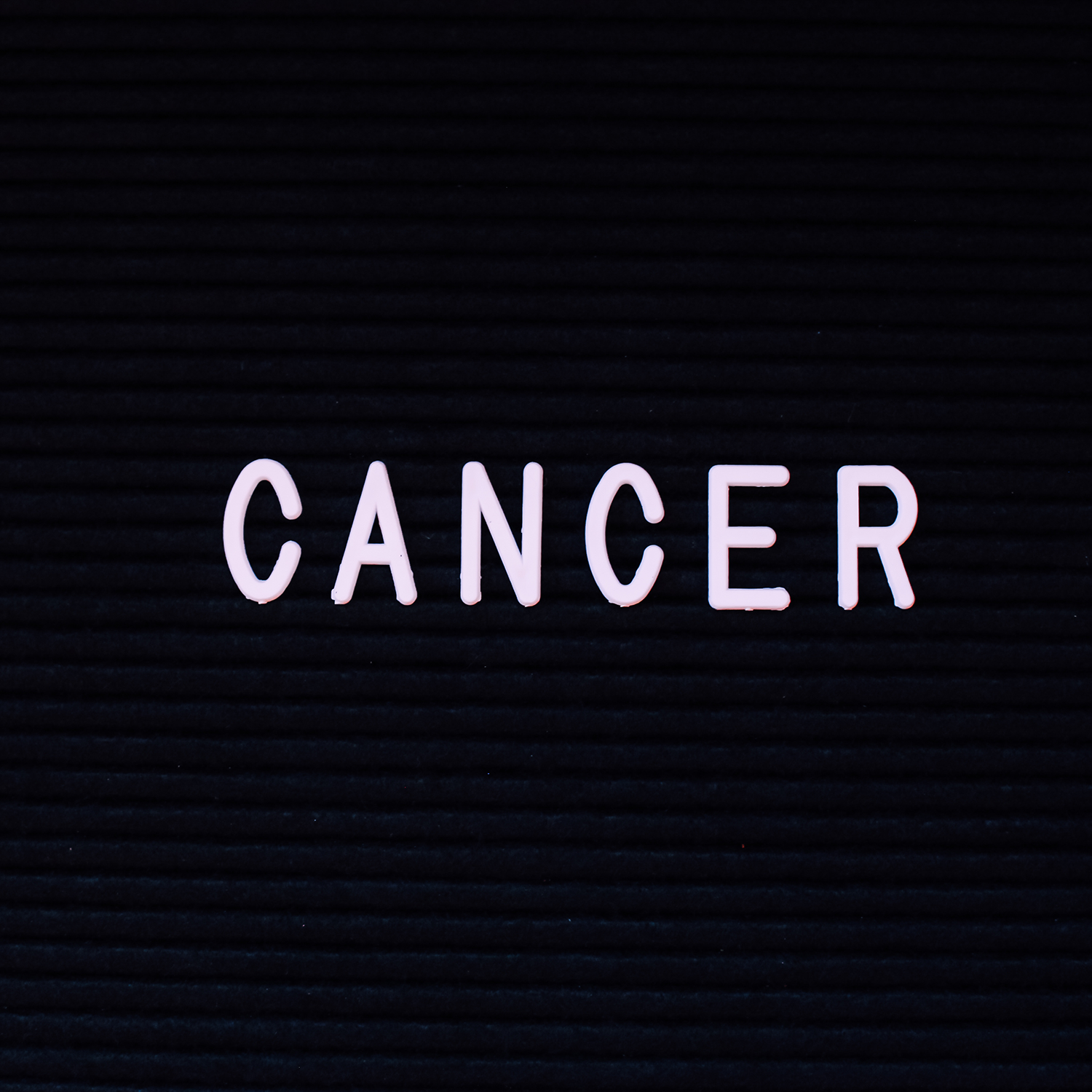The skin care industry - An industry that is hardly needed

In 2020, the global beauty industry had a turnover of 100 billion dollars - over 1,000 billion kroner...
These are numbers that are difficult to grasp, but to put it in some kind of perspective, we can use the following calculation example. Let's say that an average beauty product costs SEK 200, so this corresponds to 5 billion products being sold in 2020... In a single year.
There are a number of companies that dominate the beauty market by far. The three largest are L'Oréal ($27 billion), Unilever ($21 billion) and Estée Lauder ($12 billion). These giant companies in turn own a large number of different brands and all three have, year after year, experienced tremendous growth.
There are no official figures on how many different beauty products are on the market (presumably because this number increases on a daily basis) but based on the global turnover, one can estimate numbers from 30,000+ different products. These products are in turn divided into categories such as cleansers, peelings, masks, moisturisers, face oils, serums, makeup removers, eye patches, body lotions, body oils, body scrubs.
The beauty industry is indeed a booming industry and there is very little to indicate that this development will stagnate... But. The question we have to ask ourselves is… Do we really need all these different products?
Our skin has developed over 1.9 million years of evolution. It has adapted step by step, year after year, to function under the new conditions that arose when we went from being hairy chimpanzees to less hairy Homo Erectus and then to Homo Sapiens.
The skin is one of the smartest and most complex organs that we have in our body. Is it reasonable that after 1.9 million years of evolution this organ needs constant application of external substances to function? If you ask us, the answer is a resounding no... The skin largely manages itself without any kind of external influence.
However, there are times when the skin, for various reasons, ends up out of balance (for example skin conditions, sensitive skin or inflamed skin) and needs a little help to regain its balance (homeostasis). The best we can do at these times is to externally help the skin's natural functions to regain their strength and function. However, we do not achieve this through a 5-step routine morning and evening. Nor do we do it by stressing the skin cells with various synthetic ingredients.
The best way to support the skin's own functions is to apply Prebiotics (to increase the skin's microbial diversity) and Phytocannabinoids (to balance the skin's endocannabinoid system).
But, some are now asking... "If it is so easy to achieve optimal skin health... Why don't all skin care manufacturers create this type of product?". This is still a mystery to me, but if I were to guess, I think the answer lies in the first part of this post. There are at least 1,000 billion reasons why skin care companies don't want there to be a simple and relatively cheap solution. Furthermore, it is not possible to patent (and thus protect) either cannabinoids or prebiotics.
Our goal is to fundamentally challenge, change and improve the skin care industry. We are completely convinced that only a maximum of 10 different skin care products are needed to manage and solve all the skin conditions and skin conditions that we see today in Western society. Now we are doing everything to get this message out to the world.
Sources:
https://www.statista.com/outlook/cmo/beauty-personal-care/skin-care/europe#revenue
https://explodingtopics.com/blog/beauty-industry-stats




Comments